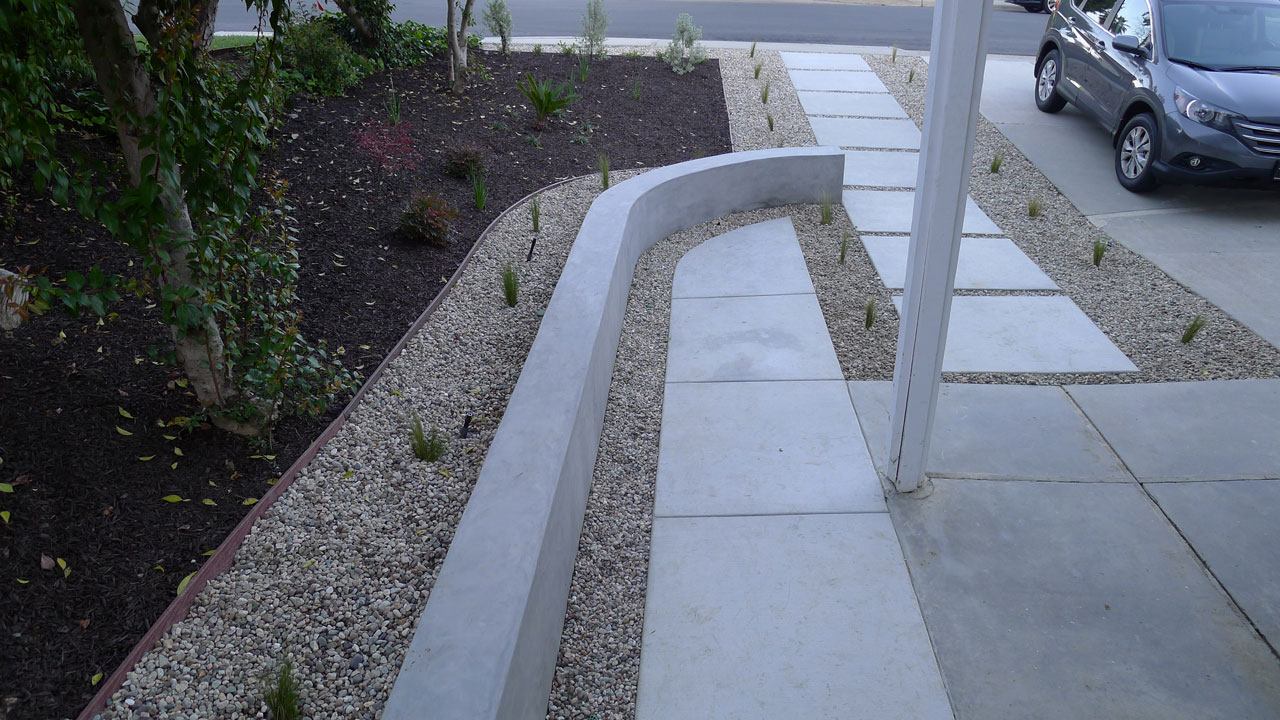
In Orange County landscaping, plants do more than just fill space. They frame your outdoor style, add shade, and support the entire yard's health. But even the strongest shrubs and trees can fall victim to unseen stress. Catching signs of stress early is the key to turning things around.
Whether you’re growing native plants, fruit trees, or garden favorites, spotting problems before they take over helps save time and money. Many homeowners don’t recognize these signs until it's too late—and by then, their yard is already showing signs of failure.
Understanding the early clues of poor plant health gives you the power to act before your landscaping starts falling apart.
So, what are the most common signs of unhealthy plants in Southern California? It starts with small changes. A shift in leaf color, drooping branches, or strange patterns on plant leaves can all signal issues with water, nutrients, or disease. The Southern California climate presents a unique set of conditions that includes drought, salt in the soil, and pests that love warm weather.
While these might look like everyday issues, they’re often early symptoms of bigger plant health problems, like root rot, plant disease, or poor soil conditions. Recognizing these signals allows you to use smart plant diagnostics before plants decline beyond repair.
Let’s look at the top 7 signs your plants are in trouble.
Yellowing leaves are among the most common and noticeable early warnings. While sometimes caused by natural leaf aging, yellowing at the base or in clusters is often a symptom of nutrient deficiencies, watering issues, or soil pH imbalance.
In plant diagnostics, the location and speed of color change offer clues. For example, fast yellowing of older leaves may indicate a nitrogen shortage. Leaves yellowing from the edges inward may point to calcium deficiency or salt buildup.
Yellow leaves often come with poor flowering or slower growth, both of which suggest it’s time to check the Soils & Plant Nutrients or adjust cultural practices like mulching and fertilizing.
Dry, brown leaf edges are easy to overlook but are often signs of drought stress, salt damage, or abiotic factors like wind or heat exposure.
In Orange County landscaping, especially during early summer, sunscald and heat reflect off walls and sidewalks. This increases the chance of burned edges, especially in plants not suited for these conditions.
Poor watering habits—too little, too much, or inconsistent schedules—can also damage roots and prevent proper nutrient flow. If this happens, even a well-fertilized plant can suffer. It’s not always about what’s added to the soil—it’s about what roots can take in.
When a plant wilts even though the soil feels damp, you could be looking at root rot. This problem often stems from overwatering, poor drainage, or compacted soil that traps moisture. Pulling the plant from the ground will often show dark, soft, or smelly roots—classic signs of Phytophthora gummosis or other rot-related plant diseases.
In the early stages, symptoms appear as slowed growth, dull foliage, and weak stems. But without intervention, rot spreads quickly, especially in plants grown in containers or heavy clay soil.
When roots die, they can’t support the plant, no matter how much water or fertilizer is added.
Leaf spot, fungal leaf spots, and bacterial leaf spots are warning signs that the plant’s immune system is under attack. These look like tiny brown, black, or yellow dots that grow larger and may join together. If the plant gets too much shade, has poor air circulation, or stays wet overnight, fungal diseases can spread fast.
In coastal parts of Orange County, Downy mildew is a common issue, especially on herbs and Herbaceous Ornamentals. In more humid microclimates, canker disease or bacterial infections can hit woody ornamentals or young citrus trees.
Spotted leaves should be trimmed, and affected plants isolated when possible. Regular checks and quick action keep infections from spreading.
By early summer, plants should be active, blooming, producing leaves, or growing. If a normally healthy plant suddenly goes quiet, it’s a major red flag. This may be due to:
In severe cases, it could point to citrus greening, Tristeza virus, or even citrus canker in affected trees. Other times, it's a response to environmental problems, like compacted roots, poor light, or heat stress.
The absence of growth signals that the plant is struggling. This is a great time to turn to expert plant diagnostics.
If your plant is drooping but the soil isn’t dry, something deeper is going on. This is common in cases of root rot, pest damage, or collapsed roots due to compaction. It can also happen when disease cuts off the plant’s ability to move water, even if there's moisture all around.
Another possibility is pest trouble underground. Nematodes, for example, feed on roots and are a major issue in Vegetable Gardening and Small Fruits.
If wilting continues for more than a day or two, especially in mild temperatures, check below the surface. Foliar nematodes, fungus gnats, and hidden plant pathogens are often the root cause.
Mushrooms growing near the base of the plant or patches of fuzzy white mold often point to excess moisture. While not all mushrooms are harmful, they do show that the soil is staying wet longer than it should.
This creates a perfect environment for bacterial infections, fungal diseases, and pest breeding. Fungus-friendly conditions also draw pests like fungus gnats, which are annoying but also harmful to young roots.
If these signs show up, reduce watering, increase airflow, and make sure the plant is not being suffocated by mulch or crowded by nearby plants.
One of the hardest parts of managing plant problems is understanding the cause. That’s where plant diagnostics comes in. A trained eye can tell the difference between a harmless yellow leaf and one caused by nutrient deficiencies or a viral infection.
At Signature Landscape, our team helps Orange County homeowners figure out why plants are struggling. We check everything—soil pH, watering habits, cultural practices, pests, and weather impact—before making any changes.
We also work with local experts in Integrated Pest Management, soil testing, and long-term plant care planning. So whether it’s a single flower bed or an entire yard showing signs of trouble, we offer real answers and results.
Even a healthy-looking yard can hide early signs of distress. At Signature Landscape, we specialize in spotting problems early, using trusted plant diagnostics and customized plant care plans to keep your garden thriving.
From diagnosing root rot to restoring native plants or addressing fungal infection, we’ve helped Orange County homeowners recover their landscapes without the guesswork. We understand this climate, the common threats, and the best ways to fight back with science and care.
Ready to stop guessing and start saving your plants? Contact us today for an expert evaluation and support that’s rooted in experience.
 Signature Landscape
Signature LandscapeSchedule A Consultation